Last Updated on January 9, 2025 by Michelle

Family pizza night
I wasn’t a fan of canned pasta sauce
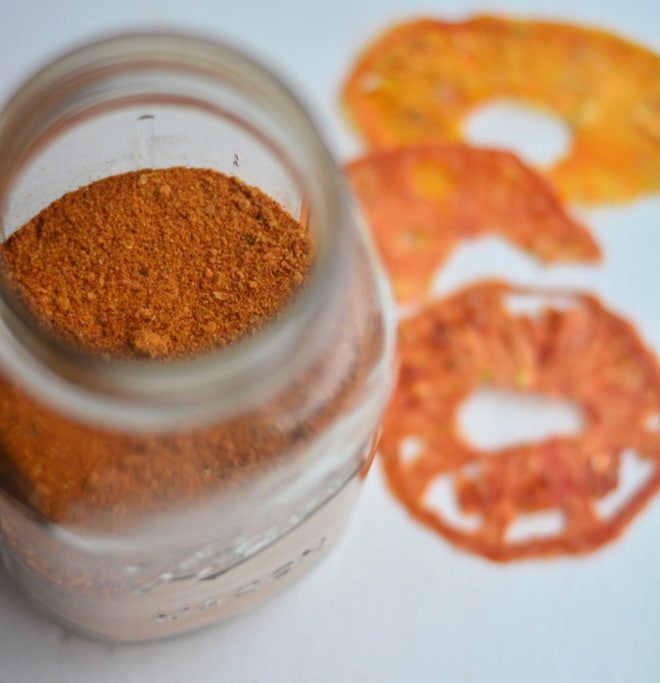
How to make powder from dehydrated tomatoes
You can actually make powders from many different dehydrated veggies. But dehydrated tomato powder is my favorite, with pepper coming in a close second. I broke down how to make powders from dehydrated foods in a previous article. So if that’s step one for you, go check that out first, then meet me back here.
I’ll wait.
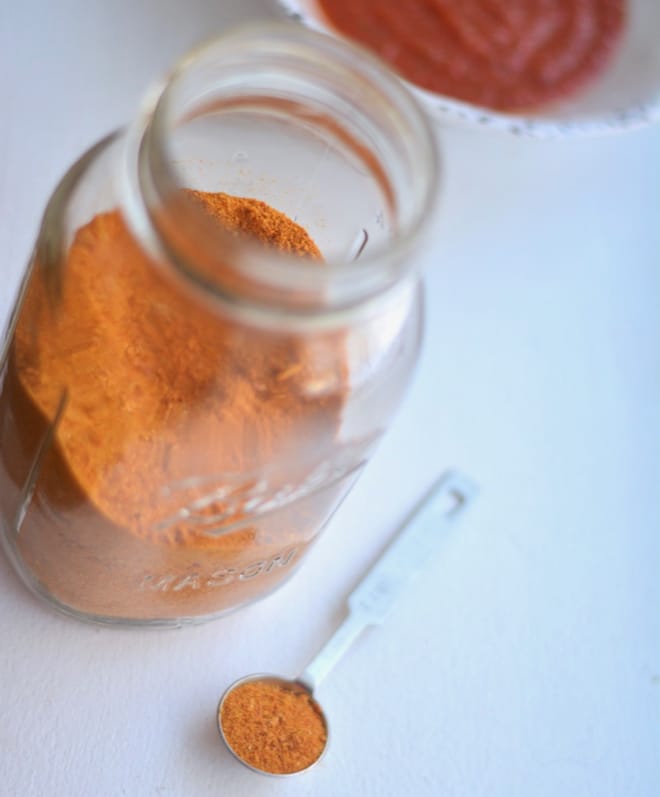
Why I love sauce made from tomato powder
It’s versatile
It’s practical
No fridge real estate required
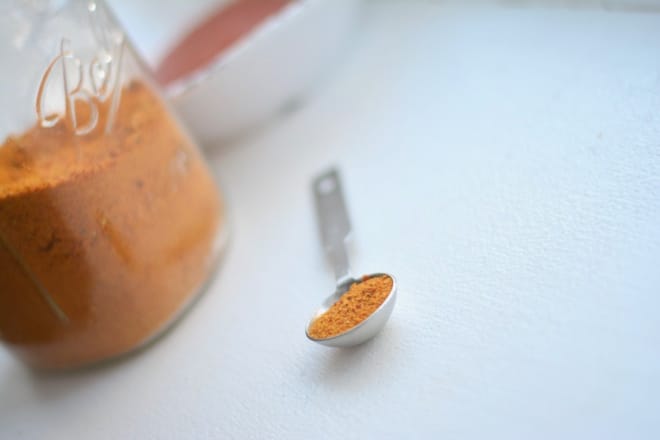
What’s the best dehydrator?
I have tried many different dehydrators over the years, trying to save money with lower priced ones. I’ve also dehydrated many herbs by hanging them to air dry and many veggies by spreading them out on baking trays on the dashboard of my car on a hot sunny day.
While there are many ways to dehydrate without fancy equipment, and many lower priced dehydrating machines on the market that are fine, I can tell you I will never go back to any other way now that I have found the top echelon of dehydrators.
Bonuses? It has such a large capacity (yet a small enough footprint to stay in my kitchen all season long) that I save lots of energy. I have to run 4 loads in a cheap dehydrator to equal just one in the Tribest.
This is my dehydrator and I whole heartedly recommend it to anyone who asks.

Pasta Sauce with Dehydrated Tomato Powder
INGREDIENTS
- 1 part tomato powder
- 2-3 parts water (use less if you want a thicker sauce, more for thinner)
- a little vinegar (1/2 tsp for every 1 TB powder you’ve used)–optional
- Spices, herbs, and sugar to taste.
I like oregano, basil, salt, onion powder, garlic powder, and coconut sugar. If you’d like to know my personal preferences, I share a more exact recipe for this sauce here: Make homemade pasta sauce without canning
DIRECTIONS
- In a bowl, pour water and vinegar over tomato powder and seasoning and stir until dissolved.
- Add more tomato powder if you want a thicker consistency.
- Add more spices, herbs, vinegar, or sugar slowly if needed, and keep tasting until it’s just the way you like it.
I’m kinda a hero
Other articles you’ll love:
The Best Tomato Varieties for Dehydrating
Why & How I Mill My Own Fresh Flour for my pizza dough
Tools I Wouldn’t Want to be Without in my Farmhouse Kitchen
“He satisfies the thirsty and fills the hungry with good things.” Psalm 107:9
Pin this for later!
Click on the image below to pin this post.
Find out why SoulyRested was considered to be one of the Top 20 Must-Read Homesteading Blogs of 2018 and then one of the Top Homesteading Blogs of 2021 as well.
Glance at my Resource Page if you’d like to get a glimpse of all the supplies I use and recommend for everything from gardening, to homeschooling, to chicken care, to nature journaling, to maple syrup making.
I’d love to connect!
To find me in some other neck of the woods, just click any (or every!) icon below:

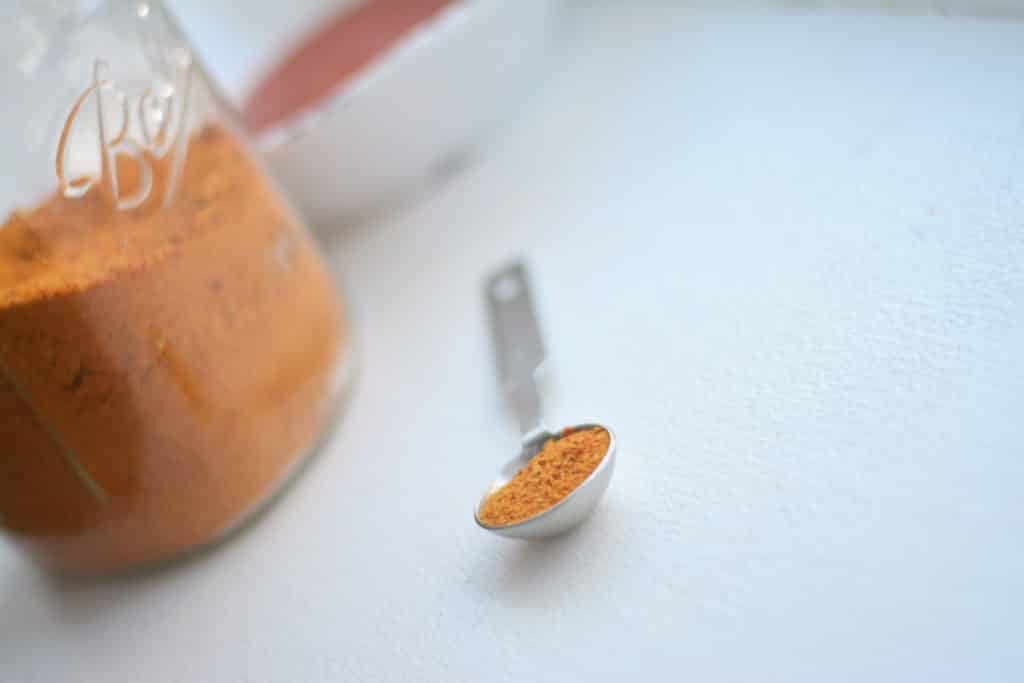
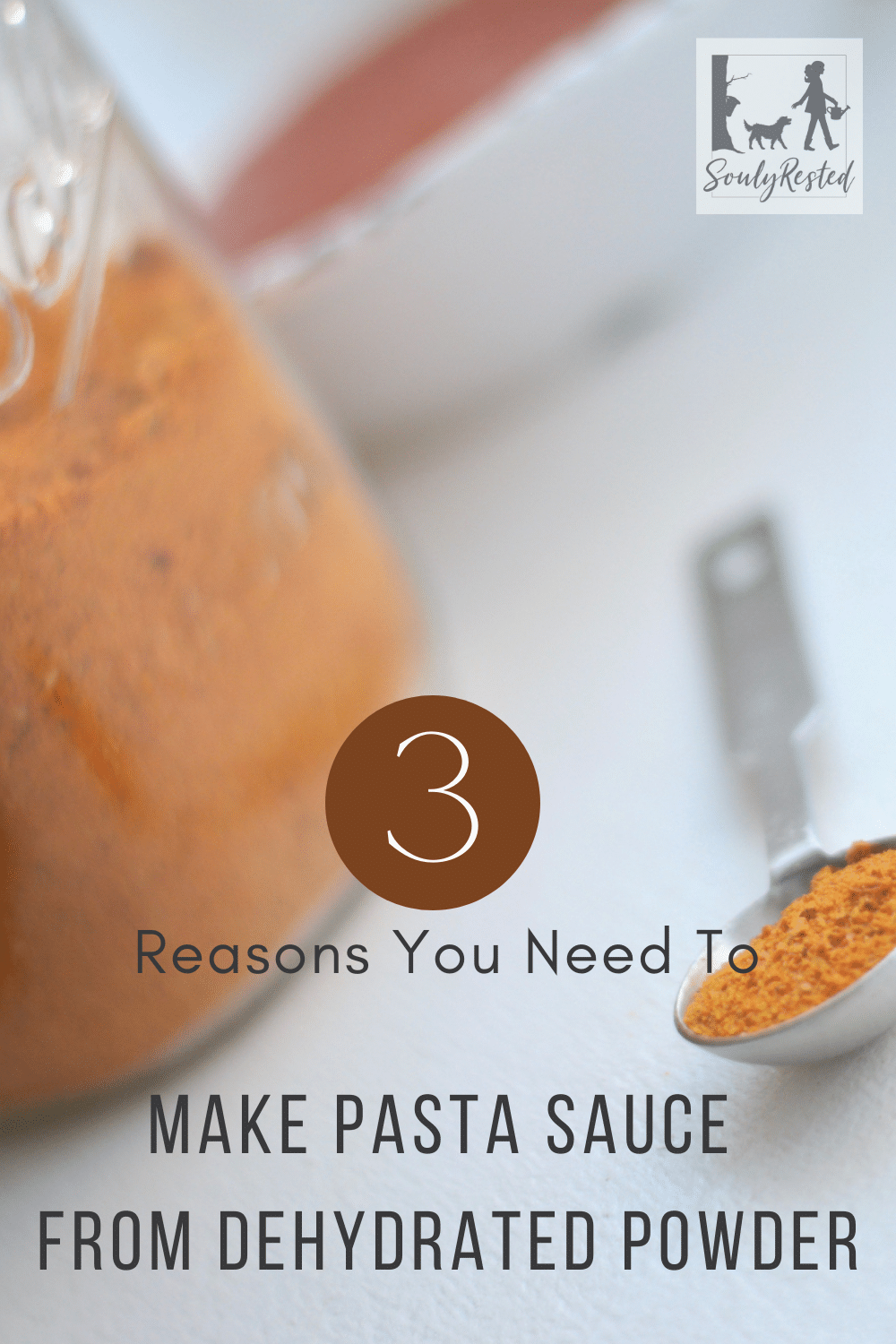





I am definitely going to try this come harvest season. Also don’t really have to wait on a large amount to be ripe to start processing like usual.
Thank you for all of the great information. I will definitely save to be able to use at a later date. My tomatoes ate finally starting to ripen, so this makes the dreams even better for how it will all be used.
Love all this great information. Definitely want to try this. Just not sure if I’m brave enough to test making tomato powder with my old Nesco. Not unless I’m prepared for it to take A LOT longer to dehydrate than any instructions say it will. I’ve only done mint, oregano, thyme and chamomile this season. They’ve all taken a lot longer to fully dry. I’ve even rotated and turned trays and run at highest temp setting suggested for herbs.
My sister in law has a dehydrator (I don’t), but my tomatoes are doing better than hers this year, so maybe we could team up on this one 😅
This seems too easy! What a great idea. So happy I found your posts. Love all the fantastic info.